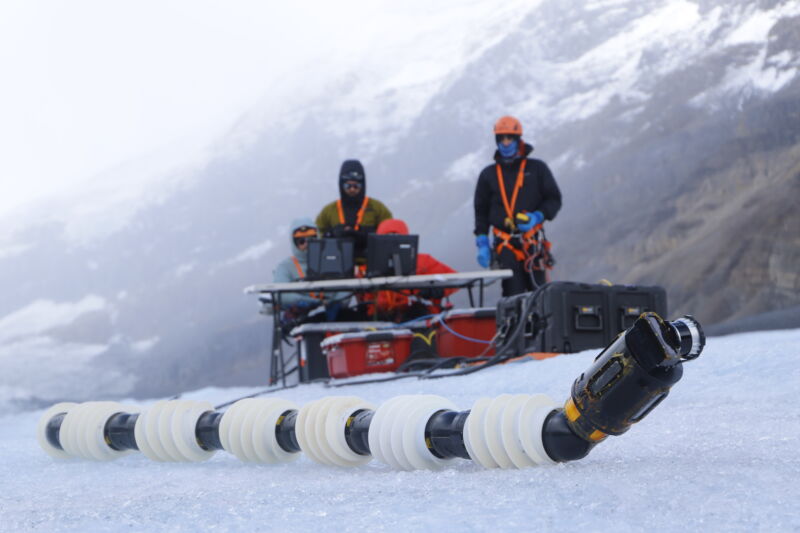
Enlarge
/
The Dark Energy Spectroscopic Instrument (DESI) has made the largest 3D map of our universe to date. (credit: Claire Lamman/DESI collaboration)
An international collaboration of scientists has created the largest 3D map of our universe to date based on
the first results
from the Dark Energy Spectroscopic Instrument (DESI). It's an impressive achievement, with more to come, but the most significant finding stems from the collaboration's new measurements of dark energy. Those results roughly agree with the current prevailing theoretical model for dark energy, in which dark energy is constant over time. But there are some tantalizing hints that it could vary over time instead, which would call for some changes to that prevailing model.
Granted, those hints are still below the necessary threshold to claim discovery and hence fall under the rubric of "huge, if true." We'll have to wait for more data from DESI's continuing measurements to see if they hold up. In the meantime,
multiple papers
delving into the technical details behind these first results have been posted to the arXiv, and there will be several talks presented at
a meeting
of the American Physical Society being held this week in Sacramento, California, as well as at Rencontres de Moriond in Italy.
“Our results show some interesting deviations from the standard model of the universe that could indicate that dark energy is evolving over time,”
said Mustapha Ishak-Boushaki
, a physicist at the University of Texas, Dallas, and a member of the DESI collaboration. “The more data we collect, the better equipped we will be to determine whether this finding holds. With more data, we might identify different explanations for the result we observe or confirm it. If it persists, such a result will shed some light on what is causing cosmic acceleration and provide a huge step in understanding the evolution of our universe.”
chevron_right





